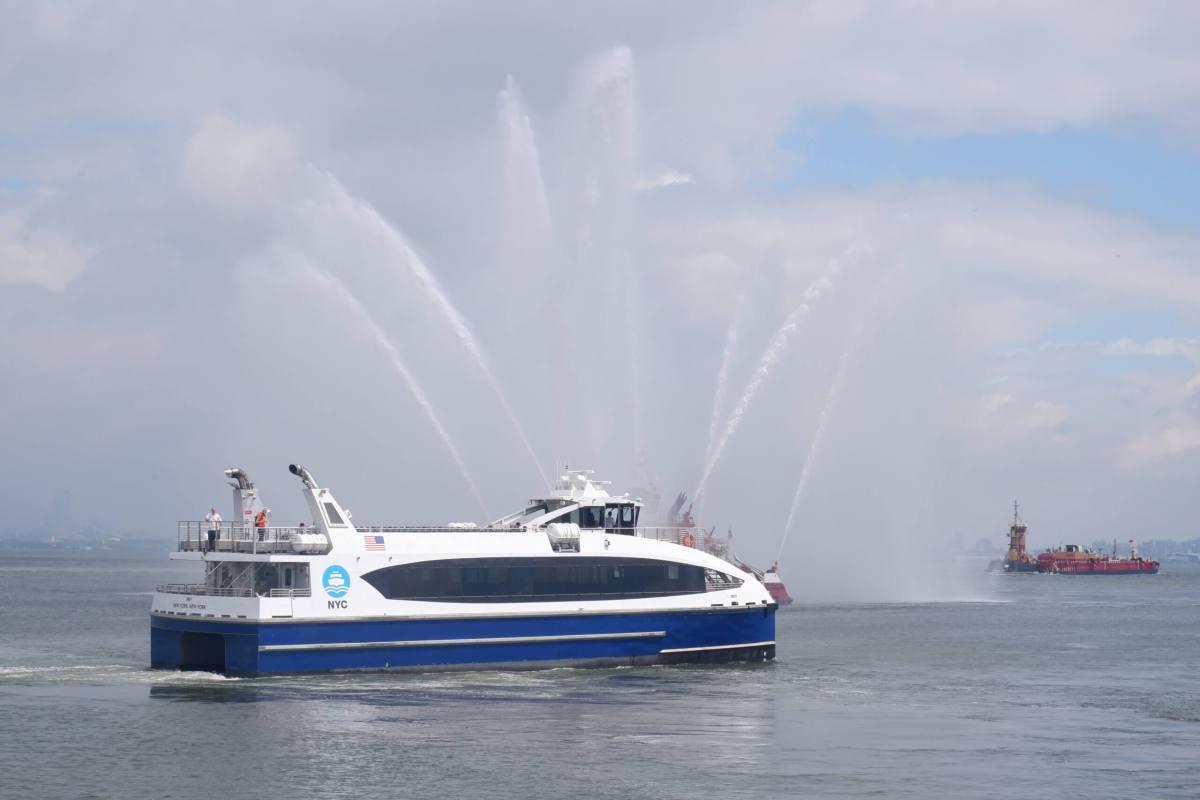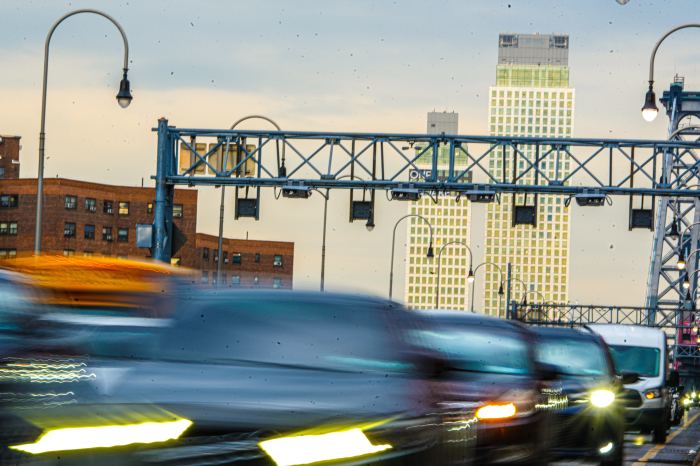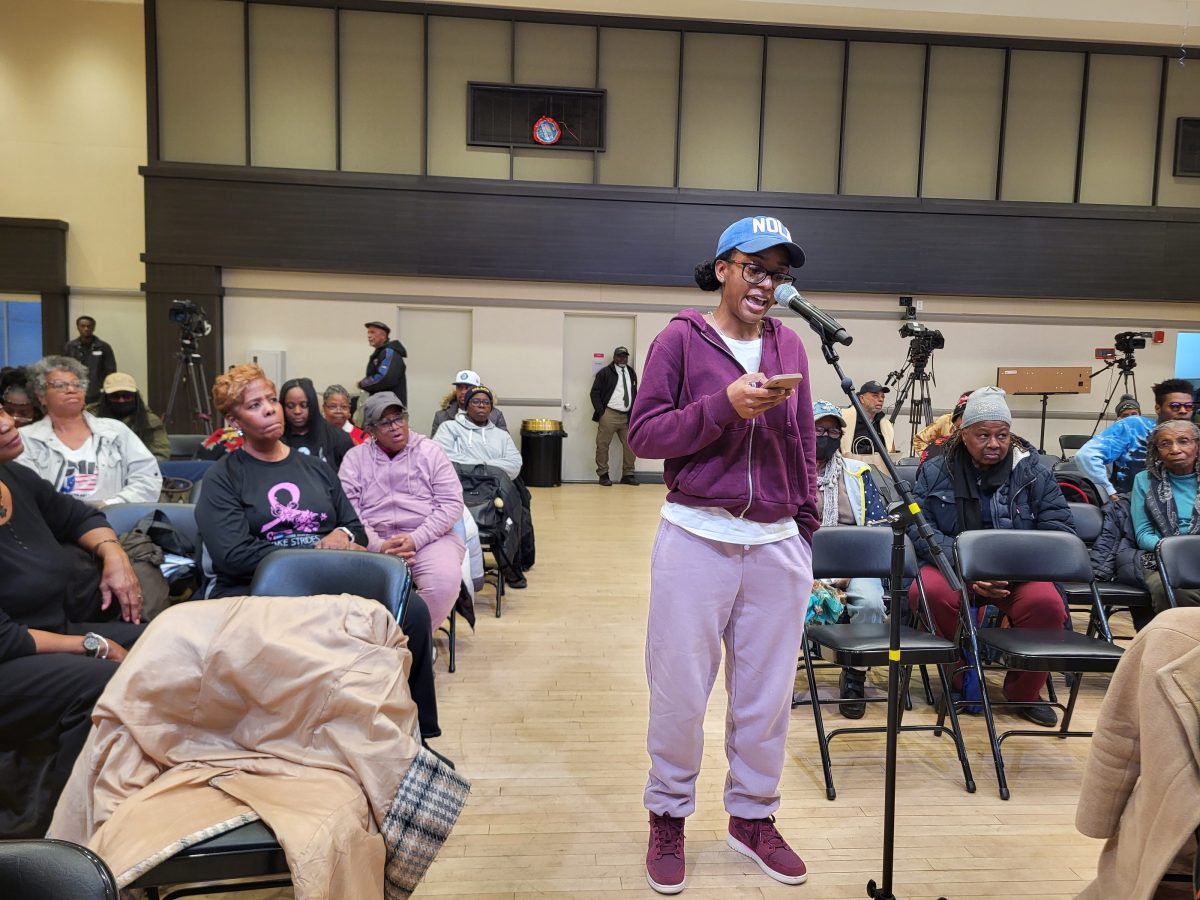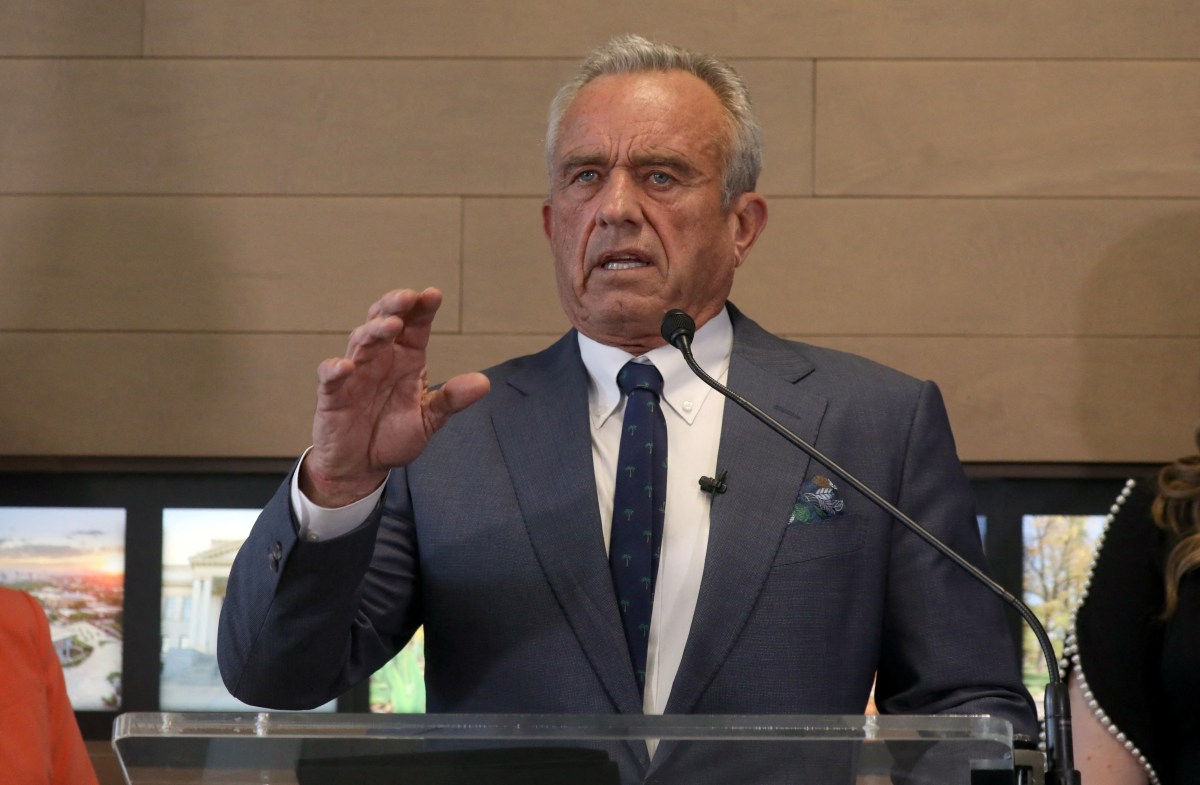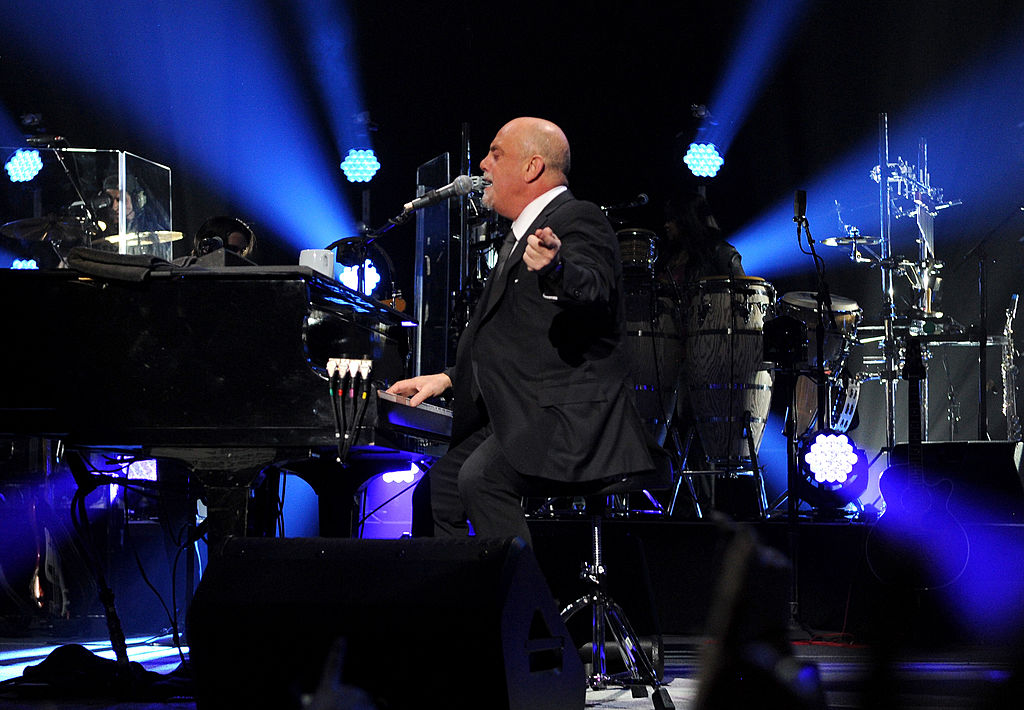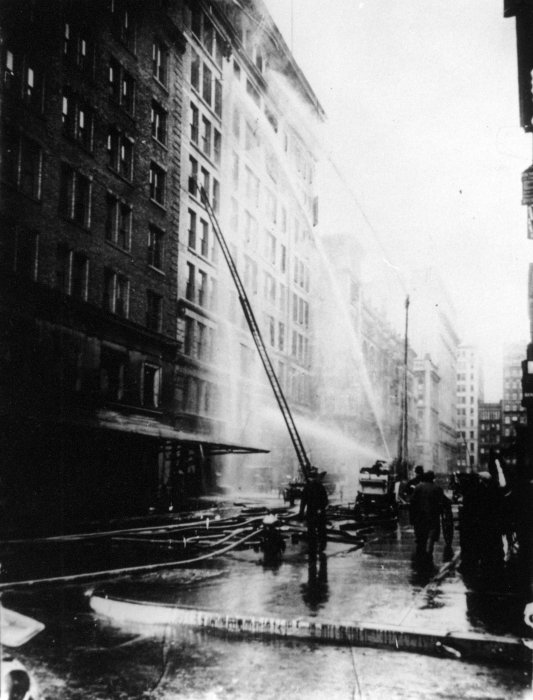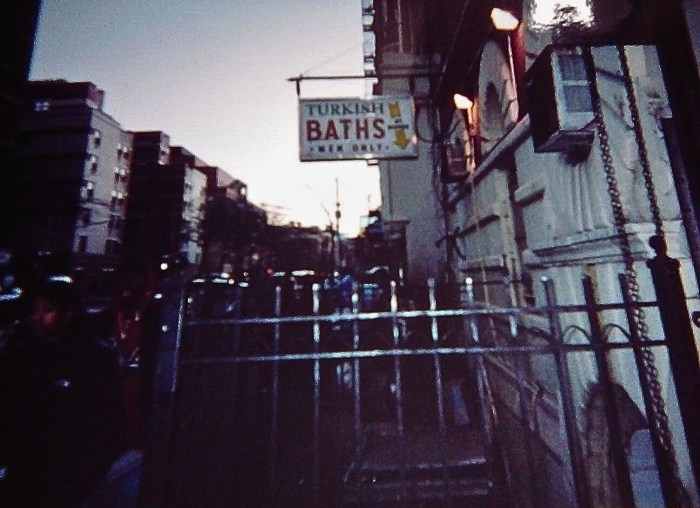The city has granted a new contract potentially worth up to $405 million to the company operating NYC Ferry, allowing Hornblower to continue running the aquatic transit service for another five years at a cost well beyond the revenue it expects to generate.
The value of the contract is over 2.5 times larger than the $160 million in revenue the city’s Economic Development Corporation (EDC) expects to haul in from ferry fares, advertising, and concessions during the same period, despite the fact most of the city’s mass transit is required to operate with a balanced budget, often with the help of government subsidies.
San Francisco-based Hornblower has run NYC Ferry since it launched in 2017. The ferry now provides aquatic transit service on seven lines; most service provides a quick crisscross of the East River, but some routes take passengers as far from the city’s core as Far Rockaway or Throgs Neck.
On Tuesday, City Hall, EDC, and Hornblower touted that the contract would bring free WiFi to all boats, better scheduling information to the public, and establish an internship program for city students, part of the Adams Administration’s “Ferry Forward” plan for the system.
“We are a five-borough administration, and we want all New Yorkers to get where they want to go as efficiently as possible, especially when using transportation like our ferry system,” Mayor Eric Adams said in a statement. “We’re delivering on our commitment with upgrades like free onboard WiFi, better real-time updates for passengers, expanded in-app language services, and greater accessibility. Without question, this contract marks a new chapter in our ferry system.”
The contract stipulates EDC will pay Hornblower $95 million in “vessel operations fees,” while $120 million will go towards maintenance and $55 million will pay for fuel. EDC will also pay overhead costs covering dispatchers, port crew, supplies, and insurance, as well as fees for “Homeport” supportive systems on land. Hornblower will be eligible for incentives of up to 10% of fare revenue for meeting targeted metrics regarding on-time performance, customer satisfaction, and others.
The ferry system has long been the target of criticism for operating at a significant loss, with the city subsidizing the budget hole. In an audit last year, Comptroller Brad Lander found that the city subsidized each ferry ride, which then cost $2.75, to the tune of $12.88 per passenger.
Following that, the mayor released the Ferry Forward program and, a few months later, single-ride fares were bumped up from $2.75 to $4, under the guise that tourists and other one-time riders could afford it, while multi-trip tickets remained the same. EDC says that subsidies per passenger are on a downward trend, and hopes to reduce per-passenger subsidies to $7.50 during the contract’s term.
“Like all other forms of mass transportation in New York, the overall cost of the system is higher than the revenue generated by it so that riders of all income levels can afford to use it — and the difference is made up with public funding,” said EDC spokesperson Jeff Holmes. “Ferry Forward continues to work as the ferry system’s subsidy has gone down significantly under Mayor Adams as more riders utilize the options provided by the City and Hornblower.”
But most of the city’s mass transit system is not allowed to operate at a loss at all, let alone one so large.
The MTA, which runs the subways, buses, paratransit, and commuter rails, is legally required to balance its budget. That requirement led to considerable drama this year for the authority, which has struggled to fully recover its ridership after the devastation of the COVID-19 pandemic. Agency honchos warned that failing to address the budget gap would lead to massive fare hikes, service cuts, and layoffs.
The state budget agreement ultimately directed hundreds of millions of dollars in new revenue to the MTA but also required it to raise fares for the first time since 2019; straphangers will pay $2.90 for a subway or bus ride starting Aug. 20.
The MTA’s money has historically come largely from fare revenue and dedicated taxes, with a smaller portion from state and city subsidies. The authority now projects a balanced budget through 2027.
In the second quarter of 2023, the ferry system recorded an average of 19,713 weekday riders and 28,895 weekend riders; those numbers are often surpassed by the MTA’s most popular individual bus lines. Ridership is typically higher in the summer given the warmer weather.
The ferry’s ridership also continues to be whiter and wealthier than the citywide average. Median income for riders is between $100,000 and $149,999 and 62% of passengers are white, according to NYC Ferry’s 2022 annual survey. The system is not in the process of expansion, EDC says, despite some low-income, largely non-white waterfront communities like Canarsie pleading for a stop in the network.
This story was updated with additional comment from EDC.



